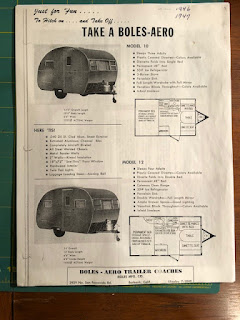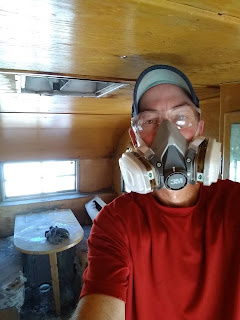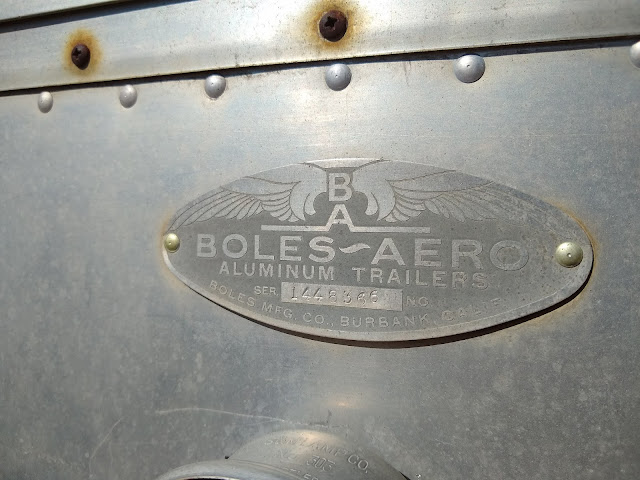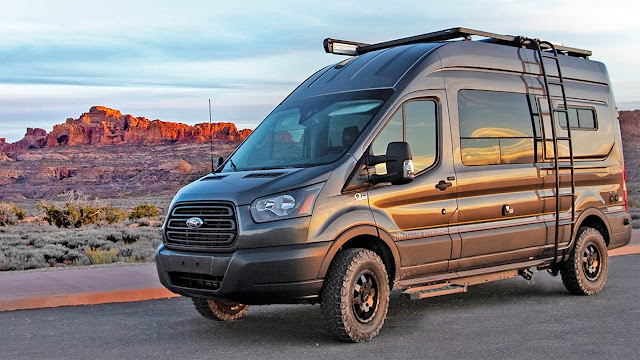It's Riveting
Replaced rivets along driver's side hemline. This weekend I learned how to use a pneumatic rivet gun to drive solid rivets. These aren't the "blind" pop rivets most people are familiar with, these are solid metal, in this case aluminum. You use the rivet gun to pound the rivet against a "bucking bar" so that the back side smooshes out (the technical term) to hold the pieces you want riveted together. This only works if you (or a "bucker") can get behind the rivet with the bucking bar. The entire shell of the trailer is made up of riveted 0.040" 2024T3 Alclad aluminum skin and interior Z extruded aluminum framing spars. There are a few places that they used some small 1/2" extruded aluminum L for stiffness, but it's really a simple fabrication approach with only a few different materials. Most trailers use wooden wall framing covered by aluminum skin. The rivets heads can shear off under stress, and this trailer had quite a few that



